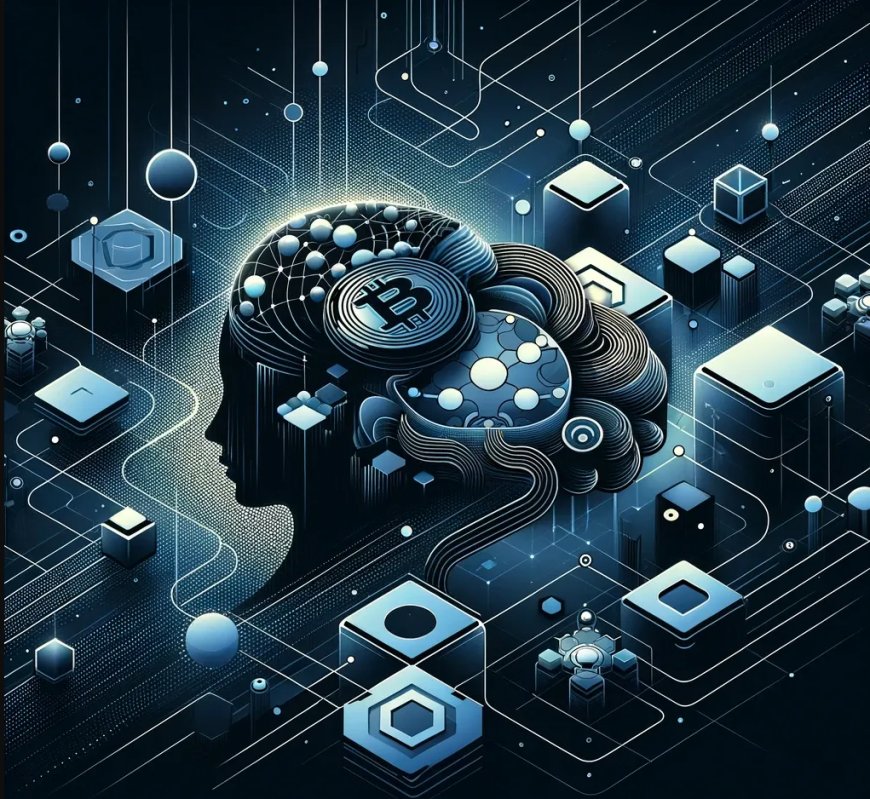BitTensor's Expansion and Finney Update: Addressing UID Scalability and Future Growth
In 2023, BitTensor experienced significant growth and development, but not without some growing pains. One of the most prominent challenges the network faced involved UID scalability—how many miners the network can support concurrently. This issue has been primarily tied to limitations within the Yuma consensus, which caps the network at 4,096 UIDs. This constraint hinders BitTensor’s scalability and expansion, directly tied to the size of its blockchain.

Finney: A Game-Changer for UID Scalability
To resolve the UID issue and open doors for future growth, the BitTensor team developed the Finney upgrade. Finney is specifically designed to scale the UID set horizontally and vertically. This brings essential changes such as the introduction of subnetworks and delegation mechanisms, allowing for better resource management and scalability across the platform.
Subnetworks: Horizontal and Vertical Scaling
A key feature of Finney is the subnet concept, which enables multiple Nakamoto consensuses to run simultaneously across the same chain. The subnetworks will distribute the workload more effectively, allowing for potential scaling of up to 64,000 UIDs. This is a dramatic increase from the current 4,096 UIDs supported by Yuma and represents a significant leap forward in handling more complex workloads.
Horizontal scaling refers to the ability to add more miners or validators to the network, while vertical scaling improves the network's overall capacity and efficiency by distributing incentives across smaller subnetworks. This will alleviate network congestion and make inflation incentives more manageable and effective, ensuring the health of the entire BitTensor ecosystem.
Integration with Polkadot: A Step Toward Greater Autonomy
Finney is also a vital step toward BitTensor's further integration with the broader Web3 ecosystem, specifically through its planned integration with Polkadot. By connecting with Polkadot’s relay chain, BitTensor will remove its dependency on a centralized validator set, thereby fostering more decentralized governance.
One of the most significant outcomes of this integration is the liquidity of the Tau token. Polkadot's cross-chain capabilities will allow Tau to move more freely between networks, ensuring that its market value remains intact. This liquidity is crucial for driving machine learning innovation and ensuring the continued growth of AI research within the BitTensor ecosystem.

Rococo Finney: Preparing for Upcoming Subnetworks
To help users transition smoothly into the upcoming changes, BitTensor has launched Rococo Finney, a test network designed to let users experiment with new features before the full Finney release. One of the most anticipated developments in this test network is the subnetwork functionality.
Subnets not only expand the network's capacity but also open doors for multi-modality AI development. This means BitTensor can support various types of data such as text, images, and audio simultaneously. The introduction of subnets will allow for more specialized subnetworks focused on specific data types like time-series data, enhancing the platform’s AI research potential.
Delegation: A More Democratic Participation Model
In addition to scalability, the Finney upgrade introduces delegation, a game-changing feature for smaller Tau holders who may not have the resources to become validators themselves. Through delegation, users can delegate their funds to other hotkeys (validators) to participate in network governance.
This democratic approach to participation enables more equitable involvement in the BitTensor ecosystem. It also opens opportunities for new organizations to build decentralized applications (dApps) and projects on top of the BitTensor network. Delegation essentially lowers the barriers to entry for network participation, ensuring that smaller stakeholders can play a significant role in the network's development.
Toward Decentralized Governance and Cross-Chain Integration
With these updates, BitTensor is making bold moves toward full decentralized governance. Instead of being managed by a centralized foundation, the network will now be controlled by its participants through the mechanisms of staking, delegation, and voting. This new governance model is crucial for ensuring that BitTensor remains true to its decentralized ethos.
Furthermore, BitTensor's integration with Polkadot brings exciting possibilities for cross-chain interoperability. Through this integration, Tau tokens will not only retain their market value but also gain the ability to move seamlessly between different blockchain networks. This will enhance the utility and versatility of the Tau token, making it a central piece of the evolving Web3 ecosystem.
The Path Forward: Validator Competition and Network Health
One of the more pressing questions surrounding BitTensor's future is how to ensure that validators continue to contribute positively to the network. In this competitive environment, validators will be incentivized to improve their performance, as poor performance could result in slashing—a penalty mechanism where validators lose part of their stake for downtime or misconduct.
BitTensor will also implement a governance layer that provides transparency and encourages collaboration. Validators and miners alike will have a vested interest in optimizing their contributions to the network, making the platform more resilient and efficient in the long run.
Key Challenges and Future Roadmap
While the Finney upgrade addresses many of BitTensor's growing pains, there are still some technical challenges to overcome. For instance, increasing the number of UIDs will require precise network equilibrium adjustments. BitTensor's team is carefully monitoring these challenges, planning to address them through a phased rollout over the coming months.
Moreover, the Nakamoto consensus will remain the foundation of the BitTensor network, with incremental updates based on community feedback and network performance. The transition to a more scalable and decentralized system is gradual, but the introduction of subnets and delegation marks a significant step in the right direction.
Conclusion
In summary, BitTensor's Finney update represents a pivotal moment in the platform’s evolution. By scaling the UID count and introducing new features like subnetworks and delegation, BitTensor is preparing for a future of decentralized governance, cross-chain integration, and scalable AI research. As BitTensor continues to integrate with the broader Web3 ecosystem, it is poised to play a key role in the future of decentralized machine intelligence.
With its ambitious roadmap and focus on community-driven growth, BitTensor is well-positioned to overcome current challenges and lead the way toward a decentralized future.
Source : @The Bittensor Hub.
















